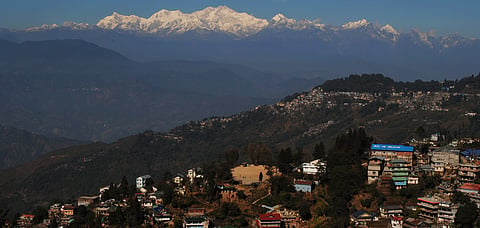
- Destinations
- Experiences
- Stay
- What's new
- Editor’s Picks
- Responsible Tourism
- CampaignsCampaigns
- Subscribe

Hold up on visiting a picturesque Himalayan hill station for the summers. A recent study has thrown up some worrying news for Himalayan towns. Conducted across 13 towns in four countries (India, Bangladesh, Nepal and Pakistan), the study shows that these mountain places are facing increased risk of water insecurity.
This water insecurity is attributed to poor water governance, lack of urban planning, poor tourism management during peak season, and climate-related risks and challenges.
The study, published in the journal Water Policy, also shows that communities are coping through short-term strategies such as groundwater extraction, which is proving to be unsustainable. &ldquoThere is a lack of long-term strategies for water sustainability in urban centres, and this requires the special attention of planners and local governments,&rdquo the study said.
The areas which will be worst hit by the crisis in India are&mdashMussoorie, Devprayag, Singtam, Kalimpong, and Darjeeling.
&ldquoUrbanisation has pulled people from rural areas in the HKH region into nearby urban centres. Although only three per cent of the total HKH population lives in larger cities and 8 per cent in smaller towns, projections show that more than 50 per cent of the population will be living in cities by 2050", said the study conducted by the International Centre for Integrated Mountain Development (ICIMOD), an intergovernmental knowledge and learning centre, based in Kathmandu, working on behalf of the people of the HKH (Hindu Kush Himalayan) region.
